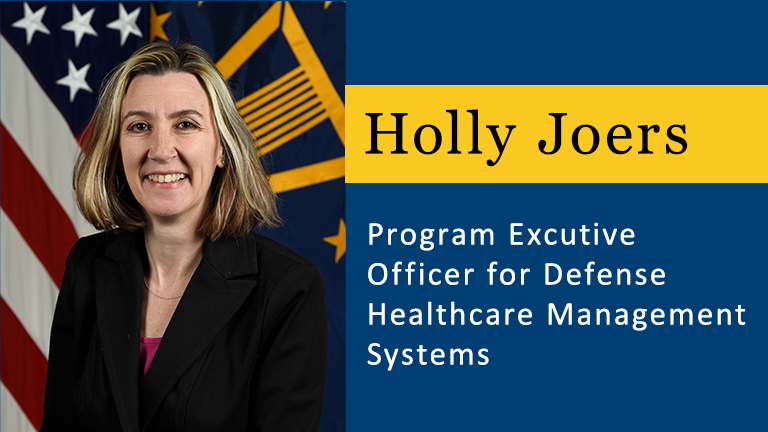The Department of Veterans Affairs’ new Electronic Health Record (EHR) is saving lab staff hours of work each day at the Jonathan M. Wainwright Memorial VA Medical Center, in Walla Walla, Washington.
The new EHR, launched March 26 at the facility, has freed lab staff from manually processing thousands of specimens a day — entries that had to be double verified by a second staff member, said Philip T. Monk, laboratory manager.
“This amounted to about three hours every morning,” Monk said. “With the new EHR, all the reference labs are interfaced, so there is a complete digital tracking system. They know when information is received, when labs are received, etcetera. Things have been going extremely well. Our team is quietly optimistic.”
Implementing an improved system, however, meant ignoring the negative narrative about the challenges of VA’s transition to the new EHR.
“Our focus was on how we could prepare for it, and to take the problems as they came, not base [our experience] on what others said would be a problem,” Monk said.
He and his staff also aggressively pursued as much training as possible, as early as possible.
“I front-loaded as many people as the lab could spare into super user training,” he said, referring to the more advanced users of a system tapped to help train their peers.
Even though only a few members of each department were required to attend super-user training, Monk encouraged his team to attend as much training as possible, so they would understand the ins and outs of the system — based on the commercial Cerner Millennium platform — before it launched.
Having several super users onboard also meant his lab staff could identify potential challenges early and adjust their processes.
However, the team’s training experiences haven’t been without challenges.
“Cerner training is pretty good, but it’s like describing all the parts of the bicycle without teaching you how to ride the bike,” Monk said.
So Monk’s team organized the “bike parts” and adapted them for their job and environment. He shared this knowledge with others, including visiting Walla Walla’s community-based outpatient clinic representatives and walking them through how to do their day-to-day work in a new way.
“As the training unfolded, we were able to pinpoint the processes that we needed to change in order to work with the new system,” he added.
Fortunately, at-the-elbow support from Cerner and Veterans Health Administration experts to address concerns “has been phenomenal,” he said. Things are going smoothly, because of on-site support and his staff’s dedication to making process tweaks based on thorough training.
Finally, Monk said, patient interactions take a little longer under the new system, but that does not trouble him because of the improvements the lab has gained in tracking and processing specimens.
“The lab needs more time with patients with the new EHR, but definitely the lab will net back that time,” Monk said.
More Stories
| August 23, 2022
VA has the Veteran’s back when it comes to cybersecurity and data privacy
With few exceptions, most of us are online. That means our personal information, including personal health information (PHI), is online, too. As VA transitions to a new Electronic Health Record (EHR) system ― the software that stores health information and tracks patient care — security of PHI is a critical element.
| August 16, 2022
How DoD program leader is transforming military health
Holly Joers is the sort of champion you want on your side. The program executive officer for Defense Healthcare Management Systems, she brims with excitement when discussing the future of health care for Veterans and active-duty service members.
| June 30, 2022
VA adjusts Electronic Health Record (EHR) rollout schedule to assure continued success
To allow additional time to prepare for implementation, VA recently updated the deployment schedule of its new Electronic Health Record (EHR) system.




